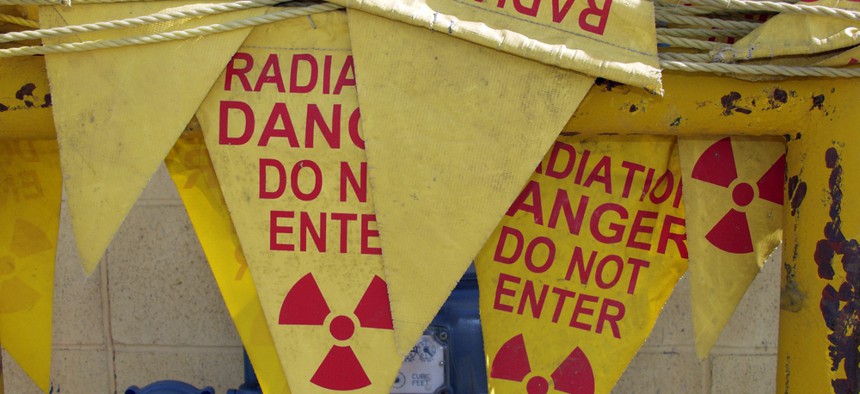DHS Is Prepared to Spend Big on Wearable Radiation Detectors

freelanceartist/Shutterstock.com
Agency may buy $24 million worth of the devices.
The Department of Homeland Security needs at least 26 wearable radiation detection systems, possibly worth a total of $24 million, the agency has announced.
The devices will notify wearers -- initially in the Coast Guard, Customs and Border Protection and Transportation Security Administration -- when radiation is present and identify the radioisotope of the detected material.
The department hopes this isotope information will help it to quicker determine whether to issue broader alerts.
Called human portable tripwires, the devices will sound an alarm if they detect significant amounts of nuclear material and communicate the results in real-time. The Coast Guard system must meet additional maritime requirements.
The program is part of the Domestic Nuclear Detection Office’s layered approach to security, according to DHS spokesman S.Y. Lee, who describes the project as “an effort to procure and deploy small, lightweight personal radiation detection devices that help detect and identify potential illicit radiological and nuclear materials.”
DNDO, which is responsible for outfitting all DHS components with wearable radiation detectors, last year hosted an industry day to answer contractors’ questions about the requirements and has since issued several requests for information from industry.
The request for proposals posted last week is for an indefinite quantity-indefinite delivery contract or contracts for one base year and the option to extend for four additional years. The procurements are not expected to exceed $24 million, the notice said.
(Image via freelanceartist/Shutterstock.com)



